Hamin Mangha (3000 BC) is one of the ancient village China's largest. Archaeologists found a hut containing 97 black skeletons. Photo: @schita / iStock. |
Due to an infectious disease that killed the villagers of Hamin Mangha faster than they could be buried, they piled up the bodies in huts and burned them. Photo: @Yonggang Zhu/Department of Archaeology, Jilin University. |
Harappan (2200 – 2000 BC) in Pakistan was a civilization advanced including two major cities Mohenjo-daro and Harappa. Photo: @Wikipedia. |
Excavated cities show that the Harappan had highly developed water systems and urban planning. Unfortunately, 200 years of drought completely destroyed this civilization of 5 million people. Photo: @Notirt. |
What does the Icelandic volcano have to do with the collapse of Egyptian Empire under Ramesses III (1,100 BC)? Some Egyptologists blame the catastrophic eruption of the Hekla volcano in Iceland, which spewed so much rock into the atmosphere that the Earth experienced years of cooling. Photo: @Maggie Meng. |
It then caused widespread climate change and famine, leading to the decline of the Egyptian empire under Ramesses III. Photo: @Ministry of Tourism and Antiquities. |
The ancient city of Helike (373 BC) in Peloponnese was destroyed overnight by a tsunami that engulfed the entire city and its inhabitants. Photo: @Wikipedia. |
In the days leading up to the quake, animals and birds had fled the shoreline, and some residents had reported seeing columns of fire appearing in the tectonic activity. Photo: @cinoby/iStock via Getty Images. |
The coastal town of Herculaneum (79 AD) was a luxurious resort for wealthy Romans. Photo: @panorama.solutions. |
The town largely escaped damage during the first eruption of Mount Vesuvius. But the second eruption killed all the survivors. Photo: @Jon Bodsworth. |
The port town of Thonis was built on sandy clay. When a series of earthquakes began hitting the area in the second century BC, a process known as liquefaction turned the ground beneath the city into liquid, and the massive stone buildings began to sink into the sea. Photo: @Franck Goddio. |
This process happened gradually, and by the 8th century, the city was completely submerged. Photo: @NEAPOLIS. |
The Maya Empire was an advanced civilization, boasting technological feats including a calendar system, mathematics, advanced agricultural practices, and urban planning. Photo: @Ralf Steinberger. |
Although the cause of the Mayan decline remains controversial, many scientists believe it was due to a two-century drought that coincided with the abandonment of many Mayan cities. Photo: @Cahal Pech Village. |
Dear Readers, please watch the video: 6 early human civilizations. Video source: @Famous People.
Source: https://khoahocdoisong.vn/nhung-trung-tam-dinh-cu-co-dai-bi-pha-huy-boi-tham-hoa-post268060.html


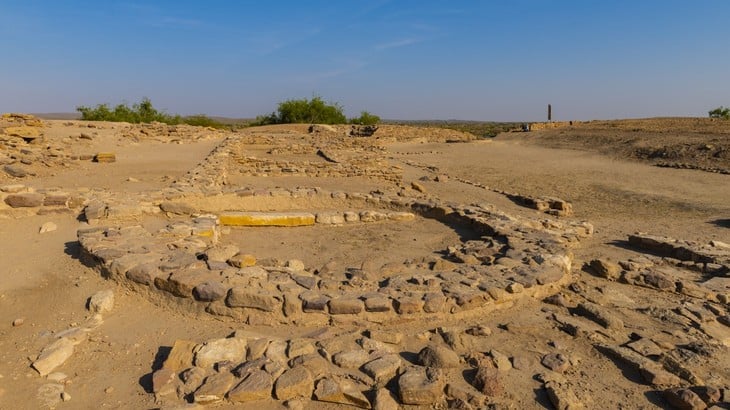
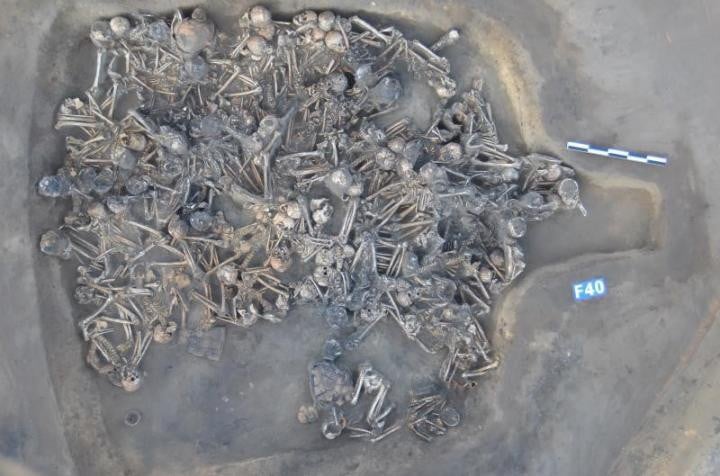
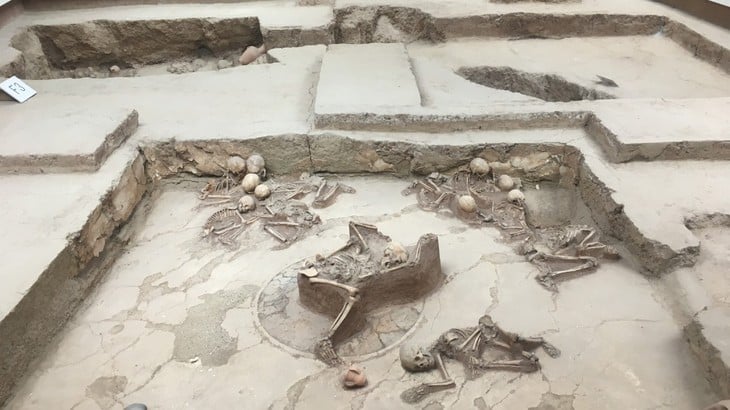
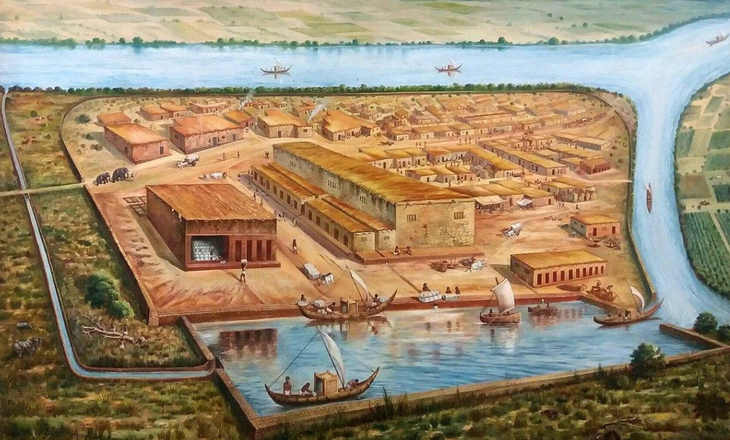
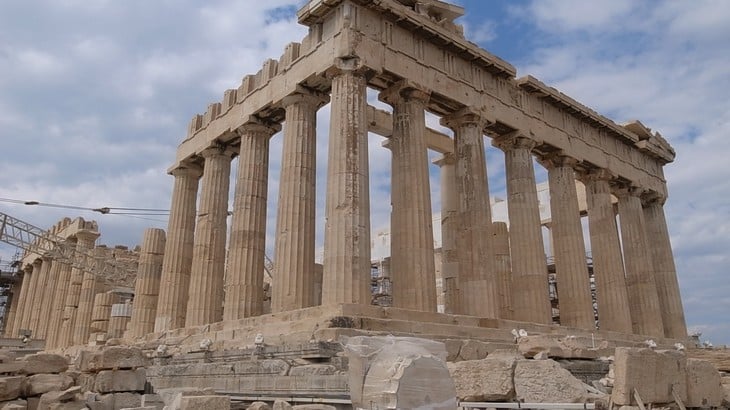
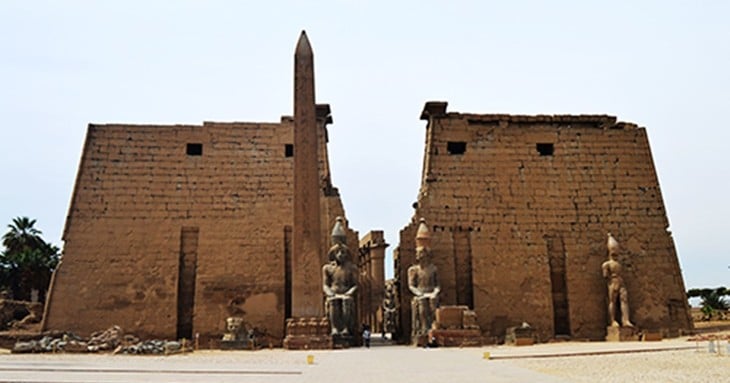
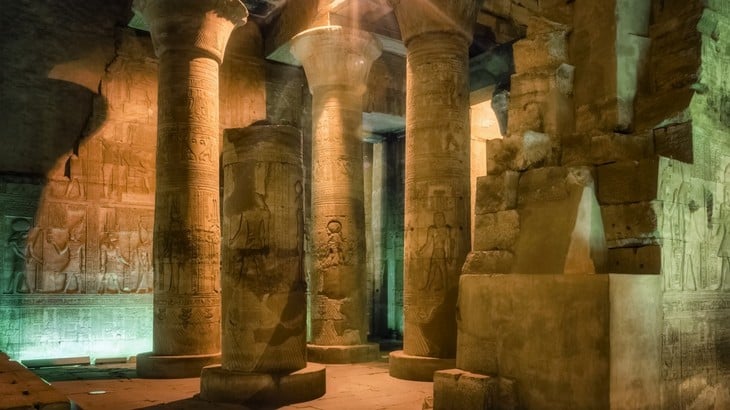
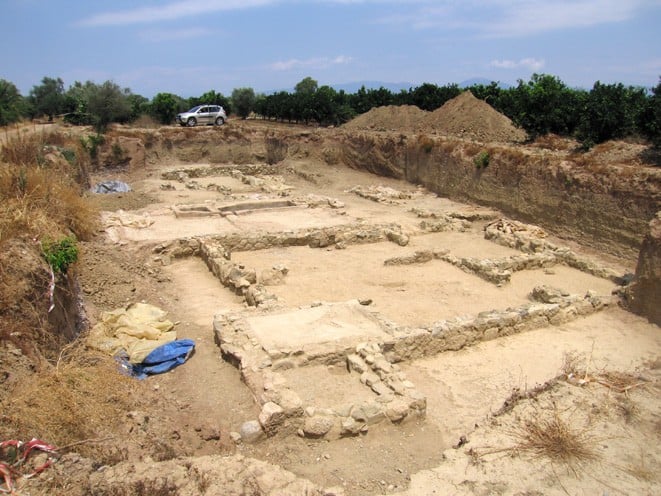
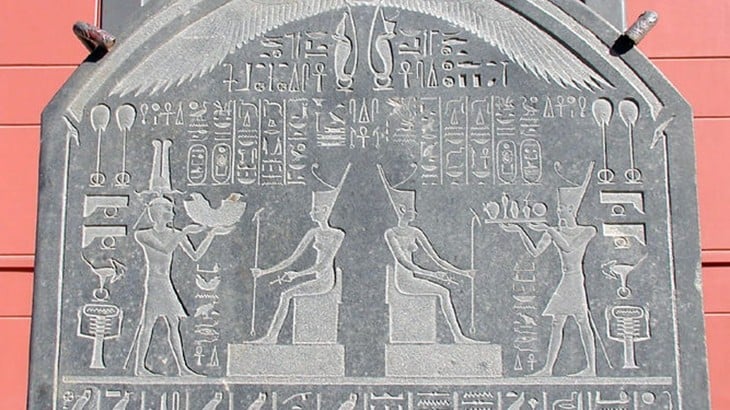
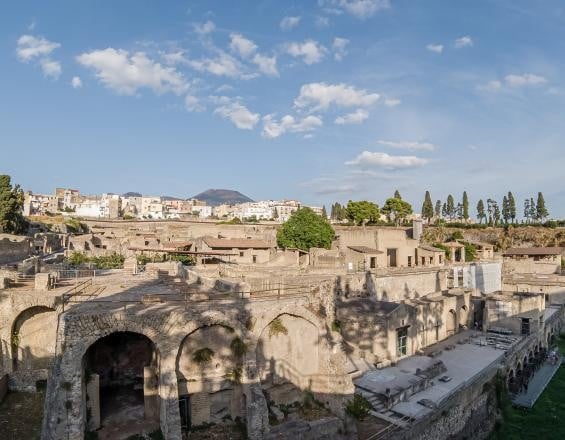
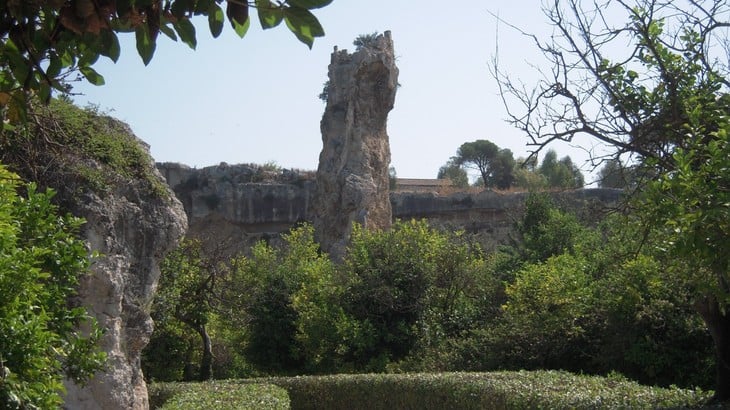
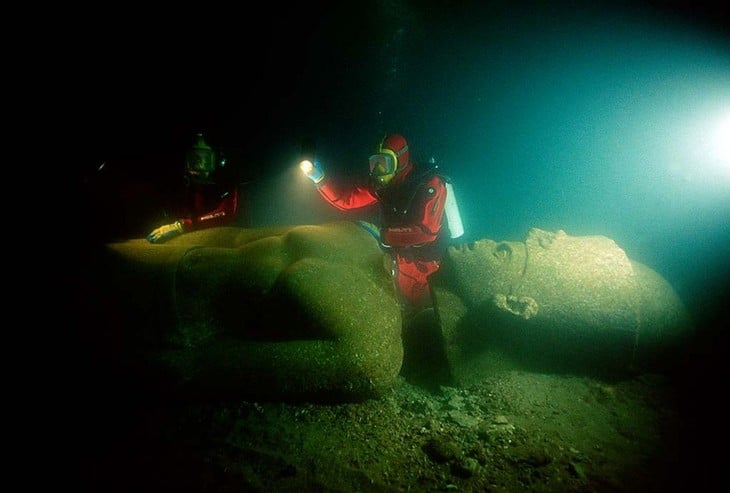
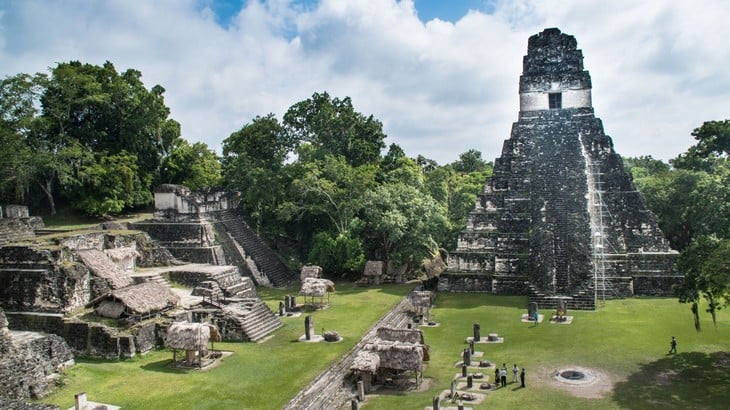
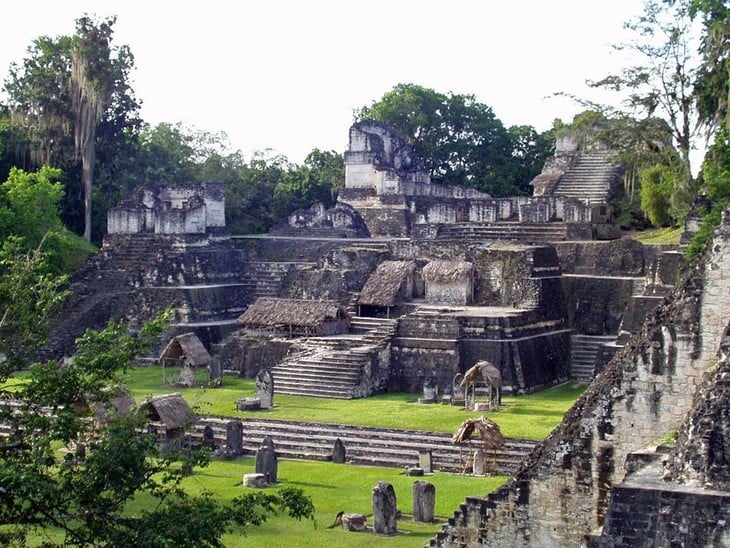
![[Photo] Prime Minister Pham Minh Chinh and Ethiopian Prime Minister visit Tran Quoc Pagoda](https://vstatic.vietnam.vn/vietnam/resource/IMAGE/2025/4/17/18ba6e1e73f94a618f5b5e9c1bd364a8)
![[Photo] Promoting friendship, solidarity and cooperation between the armies and people of the two countries](https://vstatic.vietnam.vn/vietnam/resource/IMAGE/2025/4/17/0c4d087864f14092aed77252590b6bae)
![[Photo] General Secretary To Lam receives French Ambassador to Vietnam Olivier Brochet](https://vstatic.vietnam.vn/vietnam/resource/IMAGE/2025/4/17/49224f0f12e84b66a73b17eb251f7278)
![[Photo] Welcoming ceremony for Chinese Defense Minister and delegation for friendship exchange](https://vstatic.vietnam.vn/vietnam/resource/IMAGE/2025/4/17/fadd533046594e5cacbb28de4c4d5655)
![[Photo] President Luong Cuong receives Kenyan Defense Minister Soipan Tuya](https://vstatic.vietnam.vn/vietnam/resource/IMAGE/2025/4/17/0e7a5185e8144d73af91e67e03567f41)
![[Photo] Warm meeting between the two First Ladies of the Prime Ministers of Vietnam and Ethiopia with visually impaired students of Nguyen Dinh Chieu School](https://vstatic.vietnam.vn/vietnam/resource/IMAGE/2025/4/17/b1a43ba73eb94fea89034e458154f7ae)











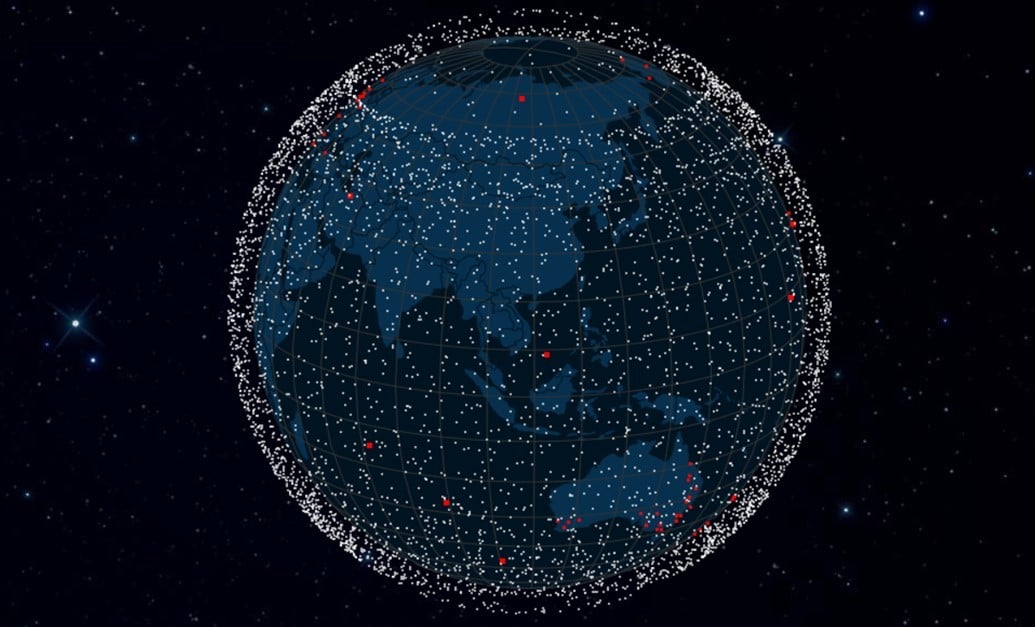






























![[Video] Viettel officially puts into operation the largest submarine optical cable line in Vietnam](https://vstatic.vietnam.vn/vietnam/resource/IMAGE/2025/4/17/f19008c6010c4a538cc422cb791ca0a1)







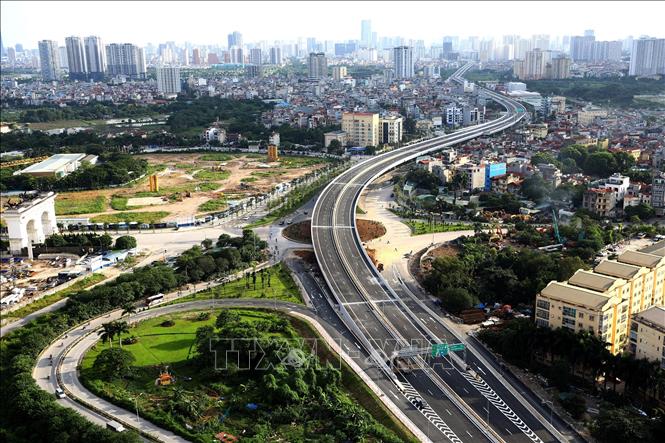





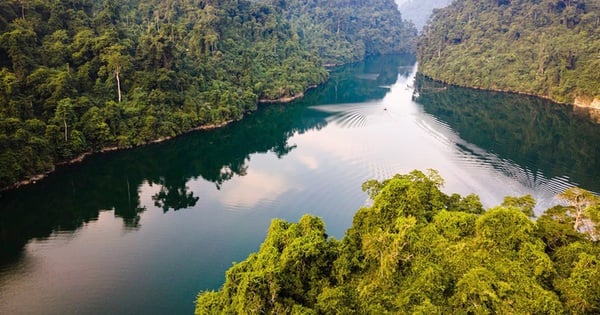


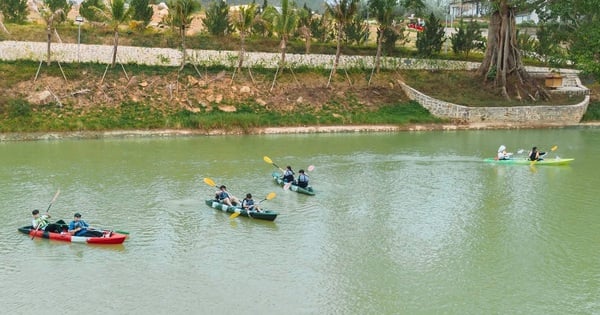























Comment (0)